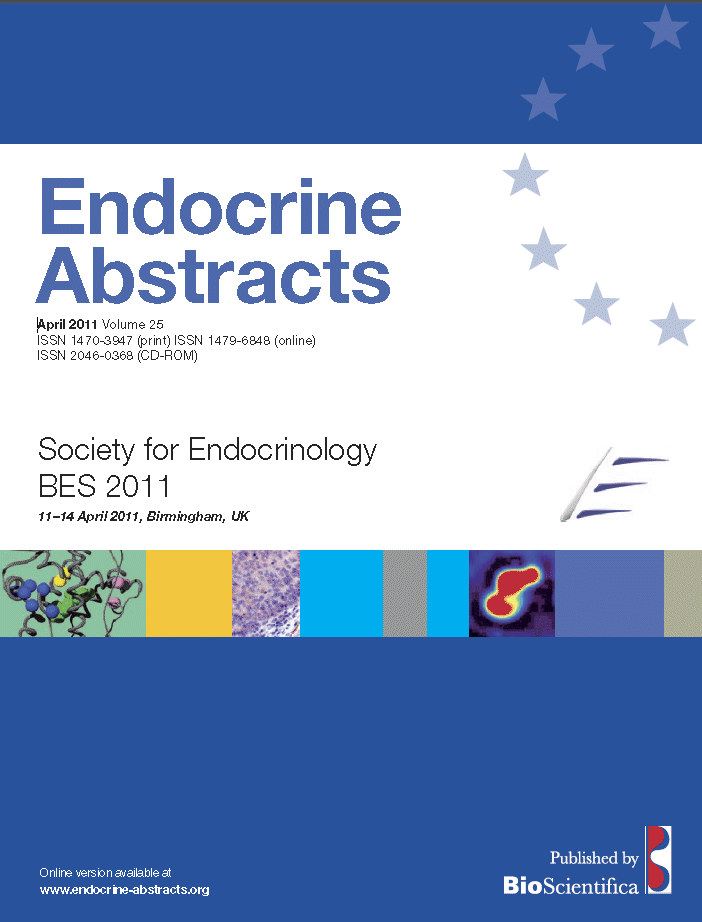Searchable abstracts of presentations at key conferences in endocrinology
Poster Presentations
Diabetes, metabolism and cardiovascular
ea0025p134 | Diabetes, metabolism and cardiovascular
Abstract unavailable
ea0025p147 | Diabetes, metabolism and cardiovascular




